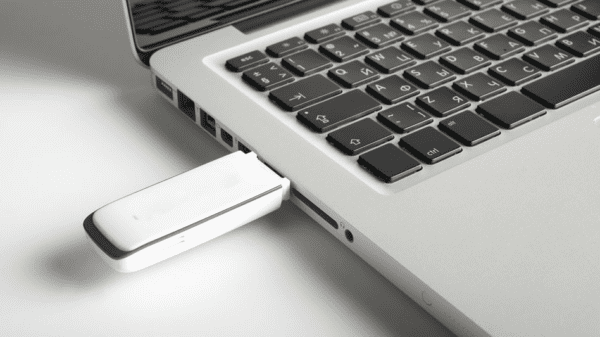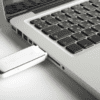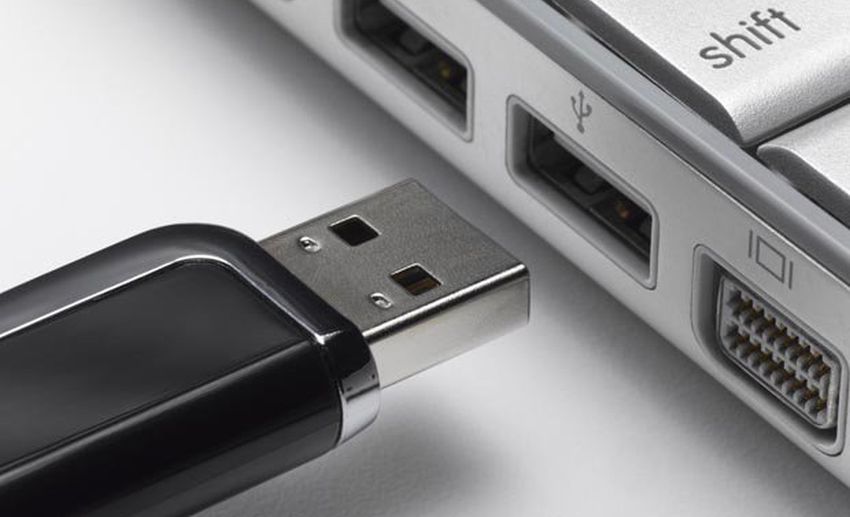In today’s world, people are becoming more and more dependent on technology to help them out in doing things. This is most prevalent in the workplace where you can see half of the people’s desk being occupied by their computers or laptops. You see people busy tapping away on their keyboards, looking at computer screens or printing documents with their printers. This is the common scenario that you see when you walk into an office. Aside from these usual devices, you can also see computer peripherals connected via the computer’s USB 3.0 hub.

Furthermore, one of the common things that you will see that office workers have is a USB device. This is the most convenient way of transferring files from one workstation to another. Although some other people prefer to send files electronically via email because they would be able to trace the time and date when the document was sent. However, the concern with this method is that it takes time to send and download the email. That is the case for those files that are rather large and are measured by the MB already.
Peripheral devices are rather easy to install when you are using PC devices. You just have to plug them into the USB 3.0 hub and wait for the device to be installed. When the device is installed, then only can you readily gain access to the device straight from the computer. However, in the case of Macs, there would be additional steps that you need to take before you would be able to access these USB devices.
- Make sure that your Mac has a USB 3.0 hub - This would be no problem for the newer models as the hub is already a standard port included when you buy a unit. The only thing that you would have to check is the version of the hub if it is a 2.0 or a 3.0. It is better to get the model with the 3.0 hub as its I/O is faster. This means, transferring and copying files to and from the external USB device is faster.
- Format of the USB device should be readable - Most external devices use the FAT 32 of MS-DOS volume format, which are Windows formats but can still be read by Mac operating systems. There would be no problems accessing your device. However, if the computer lets out an error prompt that the device cannot be read, then you would have no choice but to format it. However, be aware that formatting the drive would erase all existing data saved into it. It is best to copy the files into another computer first to make a backup.
- Check the quality of the USB device – Old USB devices can sometimes be faulty due to constant use. It can be rendered unreadable even if you format it. So, it is better to use new ones or those that you are sure of the quality.
The newer models of Macintosh computers are already adaptable to newer external devices. Unlike previously when you would have had to look for devices that were made for Macs. This is indeed great news for everyone.
Heather Brigs is a freelance writer who loves Fashion and Technology. She writes technology articles for Kanexlive.com, a site where you can buy thunderbolt cable for Mac, lightning usb cable, usb 3.0 docking station and 4-port ipad charging station for affordable prices.

3 Comments
Leave a Reply
Cancel reply
Leave a Reply
This site uses Akismet to reduce spam. Learn how your comment data is processed.





















































































































































































Pingback: Can You Ever Use USB Devices On Macs?
alan
December 10, 2013 at 5:18 pm
Well thats a great news if I would be able to make it. I could not connect it with my Mac before, hope I would be able to do it with USB 3.0.
Heather Brigs
December 12, 2013 at 6:06 am
Hi Alan,
Thanks for reading! 🙂